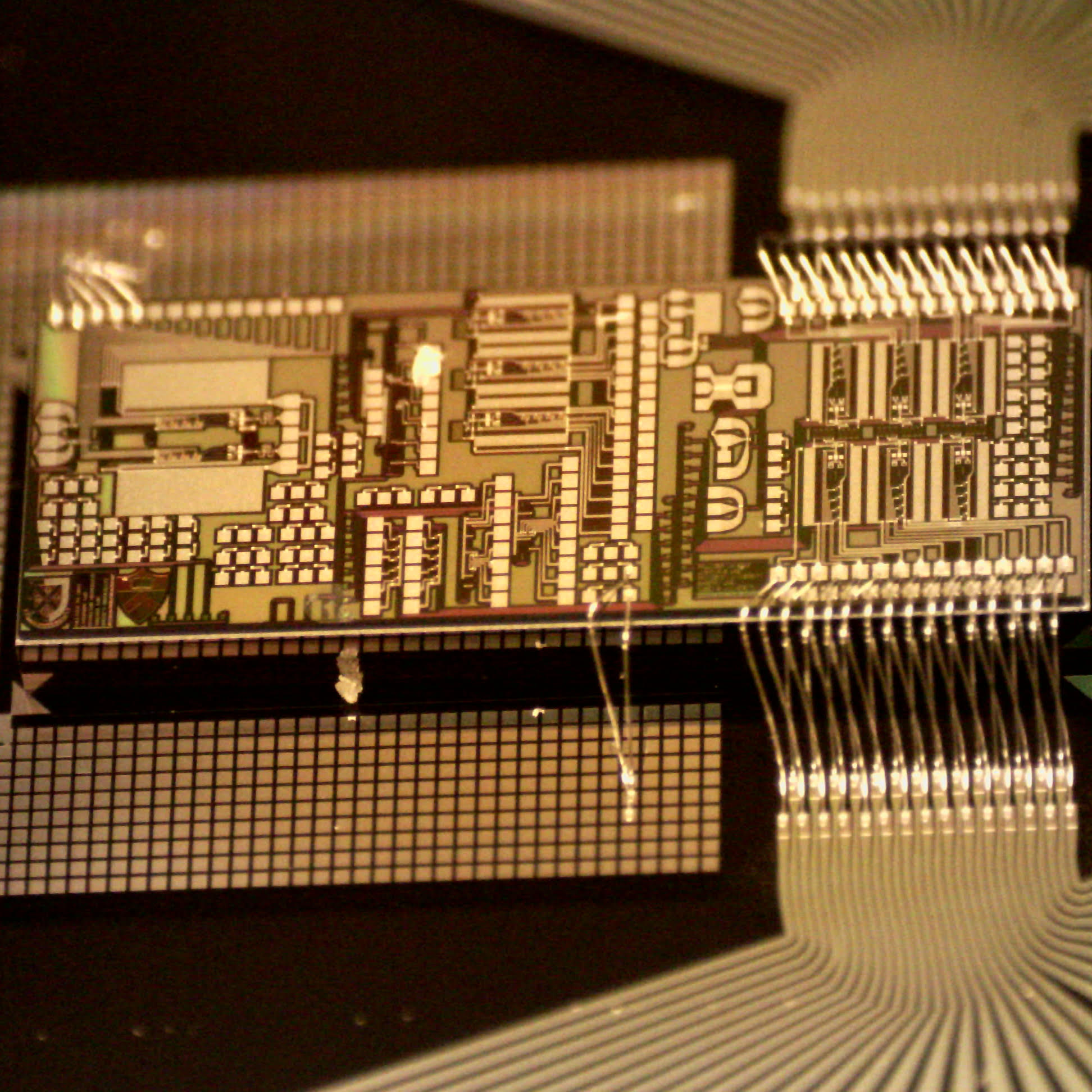
A multi-institution research team has developed an optical chip that can train machine learning hardware.
Machine learning applications skyrocketed to $165B annually, according to a recent report from McKinsey. But, before a machine can perform intelligence tasks such as recognizing the details of an image, it must be trained. Training of modern-day artificial intelligence (AI) systems like Tesla’s autopilot costs several million dollars in electric power consumption and requires supercomputer-like infrastructure. This surging AI “appetite” leaves an ever-widening gap between computer hardware and demand for AI...
Read More








Recent Comments